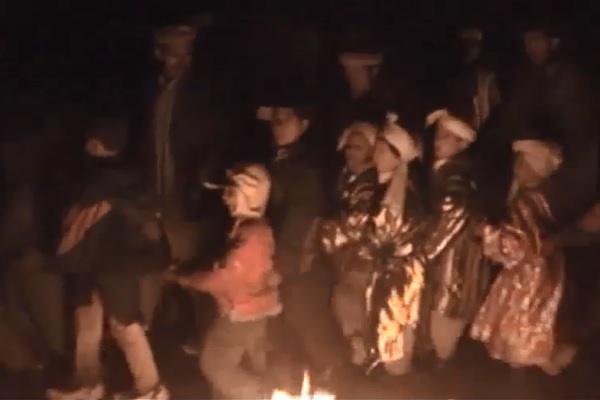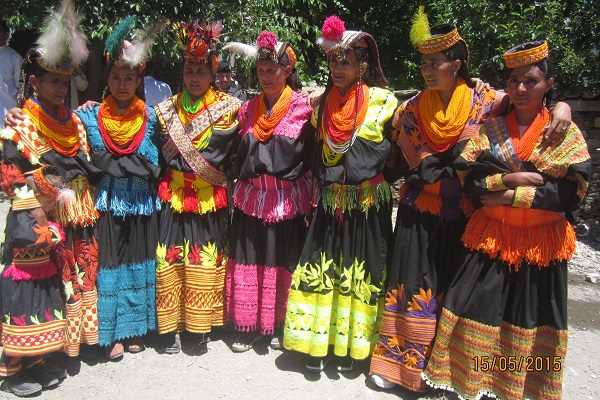The Winter Festival
The Winter Festival
CAWMOS /ʧaʋmɒs/ THE WINTER FESTIVAL
Cawmos (9-22 December) is the longest and most
solemn festival for the Kalasha, when everybody and everything has
to be purified. It is the period when rituals and praying are
mingled with chanting and singing and dancing and amusement.
Cawmos, like the other two annual festivals (the Zhoshi and Ucaw)
is inextricably associated with their religious beliefs. It is the
time when Balimahin, one of the gods worshiped by the Kalasha, comes
to Bumburet valley on horseback from Tsyam. This is shown in the
abundance of goat sacrifices, dry fruit, t'at'ori, and wine
offerings as well as juniper fire (meant for purification), during
their prayers to this divine spirit. Balimahin’s sanctuary is a
stone wall on top of which there are wooden horse heads representing
his flying horses taking him to Bumburet valley.
SARAZARI (9-10 December)
The burning of freshly cut cedar branches
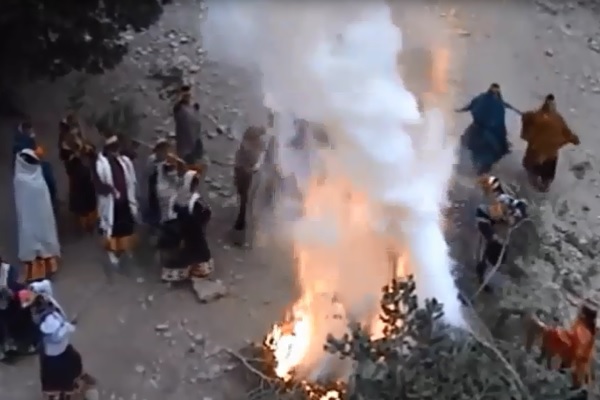
CUINARI (13 December)
Dancing the hus'at'ik, “spiral-like circular dance”
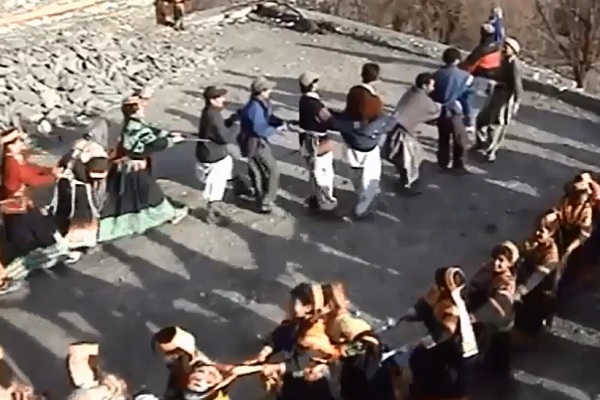
SHARABIRAYAK (14 December)
Making goat-like statuettes, called kut'amrũ, from dough
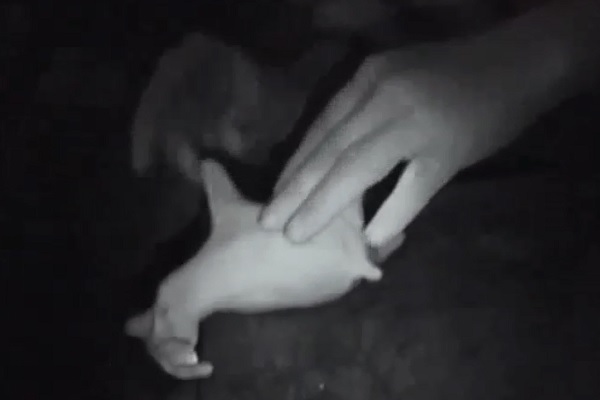
MANDAHIK (15 December)
The ritual of “feeding” the spirits of the dead
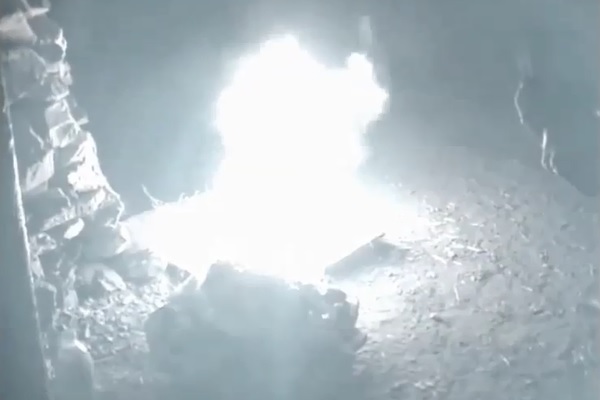
SAWEL'IK HARI (16 December)
Having fun dancing in disguise
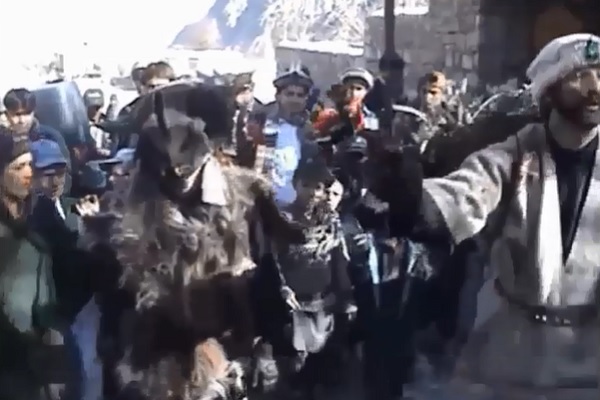
S'IS'AU ADUA (18 December)
The day of women’s purification with s'is'au (pure bread)

CHEL'IK SAMBIEK/GOS'NIK COPA (19 December)
The morning a child is dressed the Kalasha uniform and enters the Kalasha community
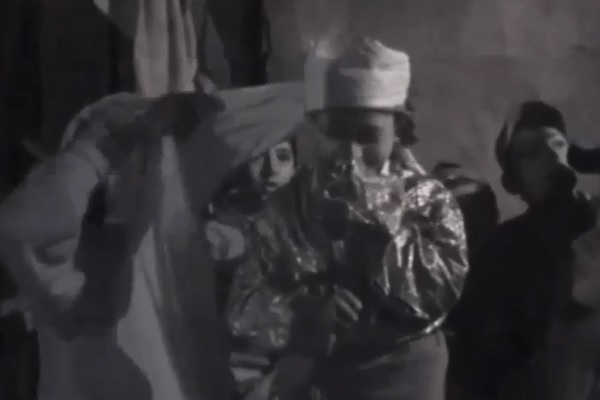
SUDON ISTONGAS (18 December)
The ritual of men’s purification with male goat blood
sprinkled on their heads
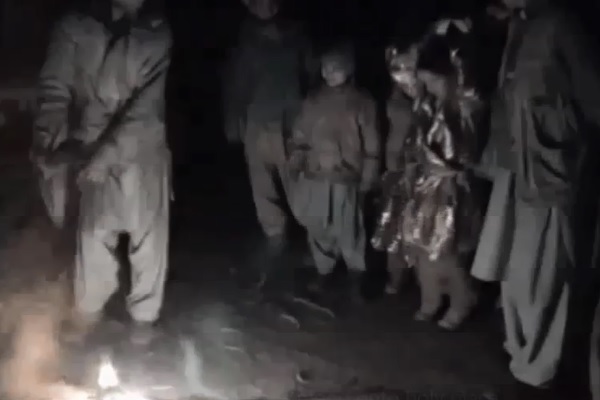
GROHONYAK (20 December)
Women making conical baskets (the grohonyak) while
singing to Balimahin
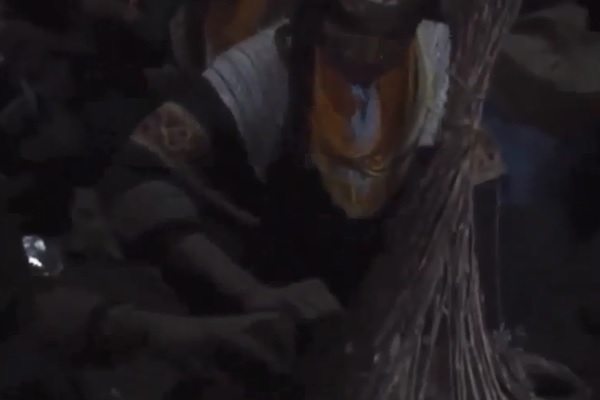
C'ANJ'ARAT (20 December)
The night of lit torches
